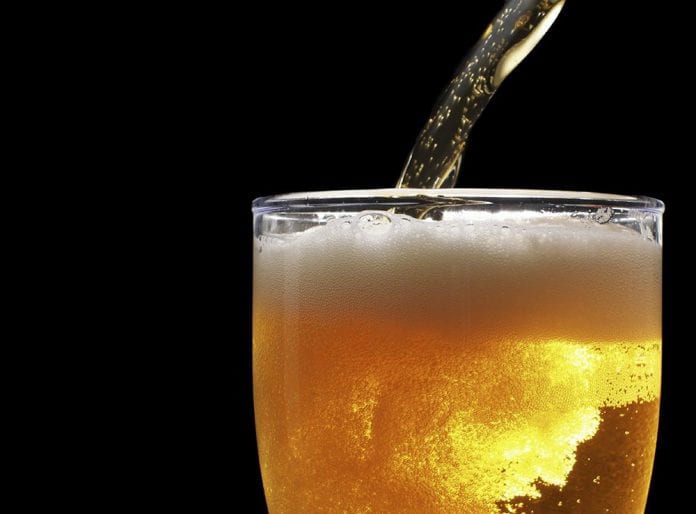Running a business is certainly no joke. There is a lot of work involved, ranging from paperwork to management and indeed, the actual business activities that one engages in. This holds true for all industries in the country, including that of beer.
When it comes to the beer industry, or more specifically that of the microbrewery business, there is a lot that goes on behind the scenes.
According to www.yolongbrewtech.com, one such activity is that of running the micro brewery equipment. The main focus of the business, microbrewery equipment can be described as the core unit of the company’s profits and growth.
Of the many things that may be addressed, it is first important to know some basic details about microbrewery equipment, which are explained in the next section.
Some Basic Information about Micro Brewery Equipment
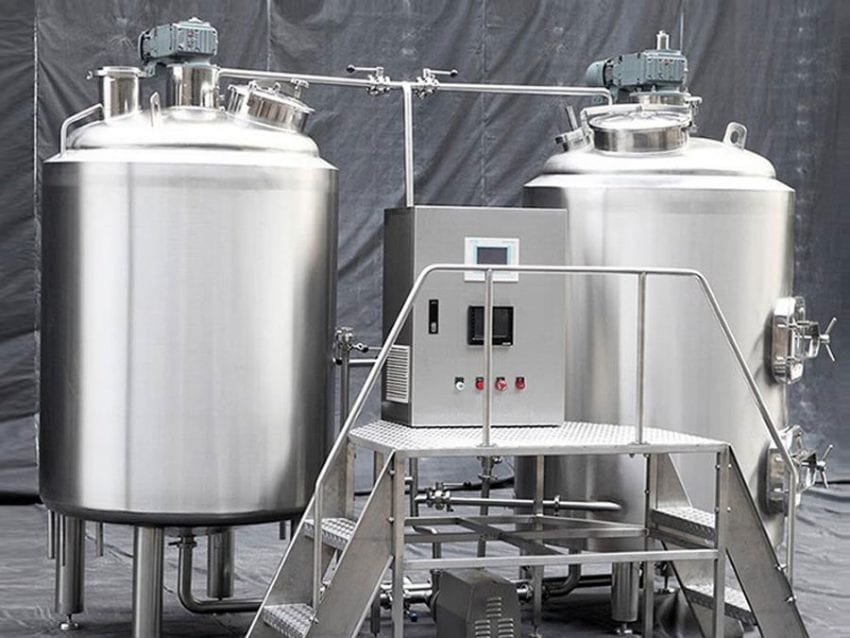
One of the most important things to remember about microbrewery equipment is that the basic processes are essentially the same.
The way to make beer has changed little since ancient times. This means that the fundamentals of any beer making equipment will remain the same for all machines.
What really differs between the different varieties of equipment is that of the design and function, rather than the process.
The next part will explain the exact details about this and everything else related.
Using a Micro Brewery Equipment
There is a lot that can be said about using micro-brewery equipment.
The details of the same are explained in the points below.
- Be familiar with the beer-making basics
This is one of the most important things to remember when it comes to using the equipment.
The process of making beer is the same everywhere, at least with regard to the basics. Therefore, it is a good idea to understand the basics of how to make a beer, before getting started.
- Understand the recipe of the microbrewery
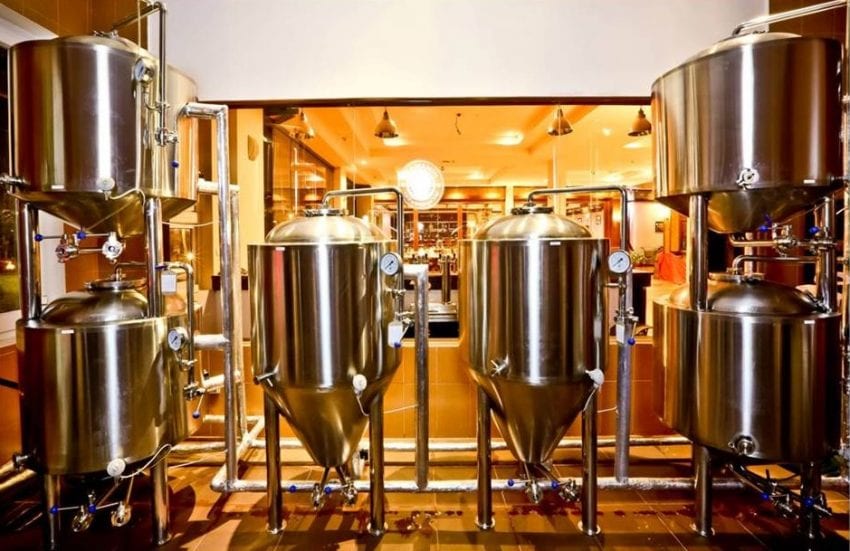
This is just an extension of the previous point.
If the craft brewery has its own special ingredients or for that matter a whole recipe, it is important that one becomes familiar with it all.
Also to note is that the same recipe may come with a variety of different blends, or ratio combinations of the ingredients. This is something that tends to get overlooked.
- Take care of the main preparatory steps
These steps include, among others, things like safety checks, wearing gloves and other protective covering and so on.
It would also include other things like checking inventories, starting up the machine, organizing the production floor and so on.
It also includes the sterilization of the equipment, if it hasn’t already been done.
These include the entire step that lies just before actually using the equipment.
- The Initial Steps
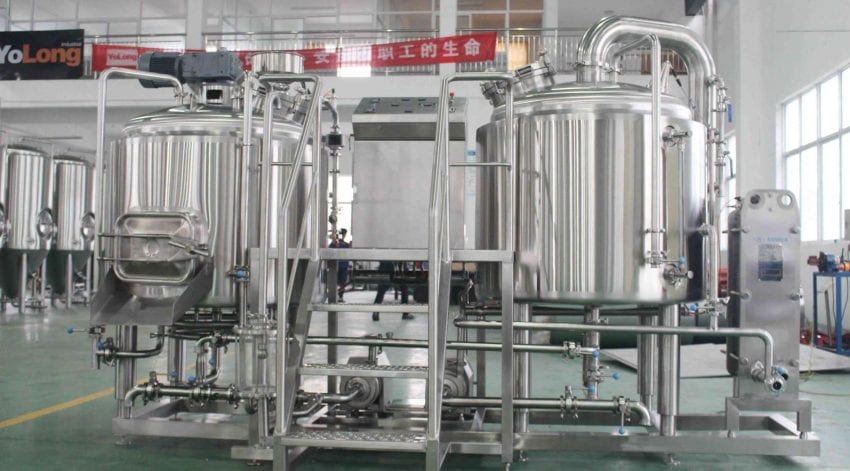
The first step would involve the preparation of grist. Its preparation requires that different types of malt be crushed together. The process helps in breaking the grain kernels and extracts the fermentable sugars in it.
The grist so produced, will then have to be transferred to a mash tun, where it gets mixed with hot water. A process called ‘mash conversion’, it helps to break the malt starches into sugars using natural enzymes.
The contents of the mash tun is then transferred to a lauter ton. Here, a sweet liquid called wort is extracted through separation from grain husks. Once the process is complete, the wort is boiled in what is called a ‘kettle’, after which hops are added.
The next step involves a ‘whirlpooling’ process, which allows for the production of a liquid ready for fermentation. This is produced by separating the particles of malt and hop from the mixture.
It should be noted that this process will also involve the addition of other ingredients, as the craft beer recipe may demand.
- The Fermentation and Maturation
The liquid thus collected in the whirlpooling process, can now be fermented for the production of beer. It is called as a ‘whirlpool’ process because of the way the ingredients are treated, where it is made to spin around just like a natural ‘whirlpool’, the action of which helps to separate its constituents.
The ‘whirlpooling’ process can take anywhere from a few hours to several days, depending on the exact size of the batch. Given that production is usually managed in batches, one could say that this process will not take long.
To do so, the liquid is transferred to a fermentation tank, to which yeast is added and left for a certain period of time. Depending on the requirement, this may range from a few days to weeks or even months and years.
It also involves maturation period, where the liquid is allowed to ‘mature’ and create the flavors that the beer is known for.
- The Processing Stage
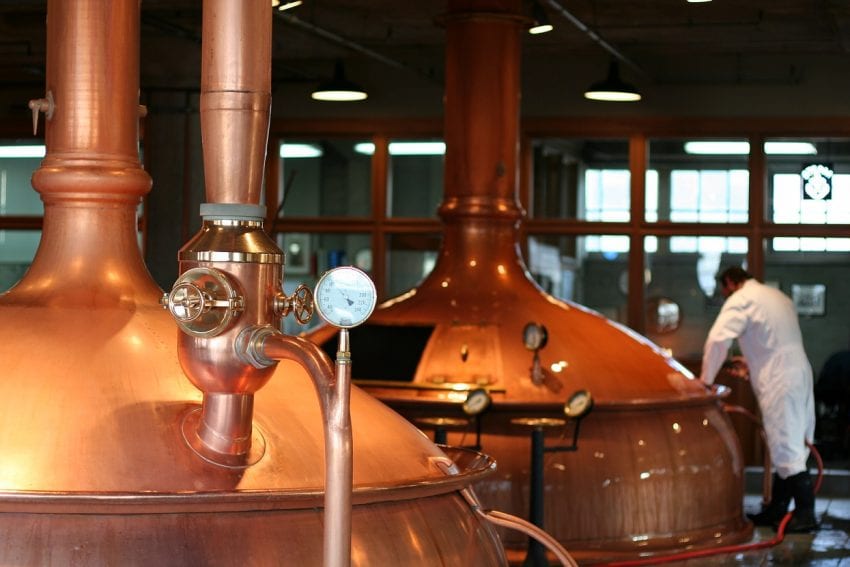
Once the mixture is allowed to ferment and mature, it is taken up for further processing.
There is a lot that goes on in this part. For one, the mixture is filtered to produce the finished beer, which may then be subjected to further processing such as carbonation.
- The Filtration Process:
The filtration process is usually done with the help of meshes and membranes, which help to separate the beer from the remains of the various ingredients used. - The Carbonation Process:
Also, the carbonation process is very interesting unto itself. To begin with, there is already a certain percentage of carbon dioxide present in the beer, due to the way it was produced.
The process of fermentation by the yeast will always leave a certain amount of carbon dioxide dissolved in the beer.
But this tends to be limited in comparison to market demands, which is why additional carbon dioxide is often added to the beer.
The most common way of doing this is by forcing carbon dioxide from a gas cylinder into the beer under pressure, typically under low temperatures, until the desired concentration is achieved.
Also, the newly carbonated beer must be sealed in order to prevent carbon dioxide from escaping, similar to that of carbonated colas and sodas.
In addition to this, there may be other ingredients added to the beer if the recipe so demands.
- The Final Stage
The final stage may involve one of two things.
It may be bottled up and packaged for sales to customers, either by retail or wholesale.
Then again, it may be made available for consumption on the spot by patrons of the craft brewery.
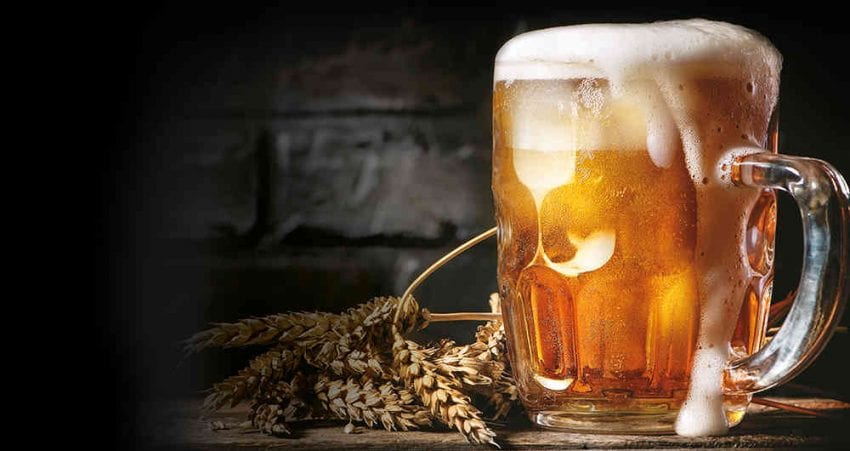
Also to note is that the carbonation and packaging tend to be completely separate aspects of beer making, often being done on completely separate equipment. At times, however, these aspects of the beer-making process may be integrated into the beer-making equipment, as in the case of those which have been custom designed.
Usually, it happens to be a combination of the two. About the only thing that will vary, is the proportion of the beer that goes into packaging and over-the-counter retail sales.
All in all, it can be said that the operational requirements for craft brewery equipment is rather similar in terms of function.
But at the same time, they do come with their own set of requirements and needs, which in turn may require a bit of study and practice.
For those interested in learning how to operate such equipment, it would be a good idea to spend some time with it, and maybe even go for a couple of trial runs, to get a clear hang of it.
Done right, it should help one to become attuned with the fine art of beer-making in no time.
